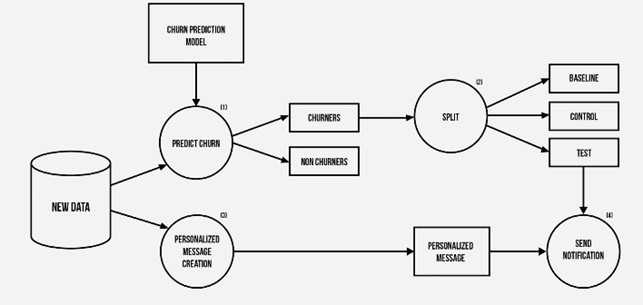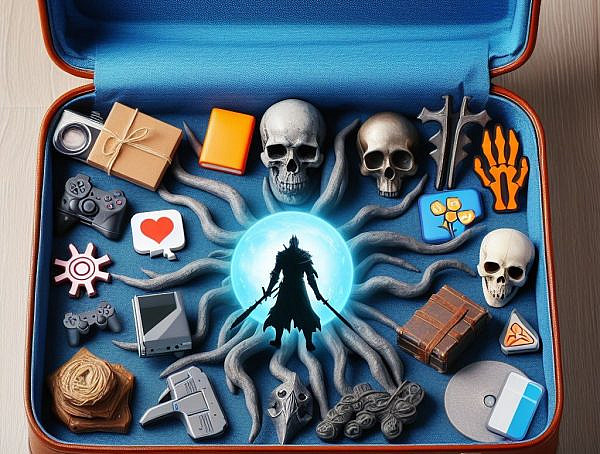Customer churn is term used in the game industry to refer to the act when a player abandons the game and moves on. Historically, such terminology wasn’t used or considered in the game design process, but with the advent of social games based on the free to play -model, the monetization practices of the industry changed.
Where as game developers receive the same amount of money from the player whether they finish the game or not with traditional games, social games are generally free to download. Thus they contain optional microtransactions within the game, so developers have to consider how to retain paying players for as long as possible before they churn to maximize their revenue. In their article “Early churn prediction with personalized targeting in mobile social games” Miloš Miloševi,Nenad Živic ́and Igor Andjelkovi ́propose a model predicting and combating churn in social games.
Game designers usually approach this issue from two different directions: behavioral or technical/data driven approach. Behavioral approach focuses on making the game more fun and addicting, while data driven approach focuses on detecting and solving issues that players might face when trying to advance in the game in addition to incentivizing players that struggle to advance to keep on playing.
This article uses the latter approach. The paper builds on data collected in 2015 from 2 000 000 randomly selected players on the mobile free to play online social football manager game Top Eleven. More than 70% of new players will only play a game for one day. So the issue becomes, how to predict which players are likely to churn, and how prevent them from churning based on the limited data that can be gathered from them? The authors propose a two-part methodology for preventing churn:
1. Churn prediction algorithm based on the behavioral data from the first day of play
2. Churn prevention system based on personalized push notifications.
The prediction system is based on a binary classification system; using a number of algorithms (Logistic regression, Decision tree, Random Forest, Naive Bayes and Gradient Boosting), players are divided into a binary classification system: Those likely to churn and those likely to continue playing.
The would be churners are then targeted with push notifications on their mobile phones. These notifications will then try to lure the player back by trying to trigger their competitiveness and either showcasing a feature of the game the player didn’t experience, or by explaining more about a feature they used the most.
To test this model in action, a system was devised to split the player based into three different groups: baseline, control and test. The control group of players didn’t receive a notification, while the baseline group received a non-personalized notification and the test group a notification that was personalized to them based on data gathered from their gameplay. These notifications either contained information about the core loop features (features essential to the gameplay) and side loop features (non-essential features).
The results were promising. It was shown that it is possible to return churners by using personalized targeted push notifications. The retention of players receiving a personalized notification was substantially increased. The method is notable for the fact that it doesn’t cost developers anything: incentivizing players with gifts of in-game currency can eat revenue from a free to play game, but using information about the game as an incentive in push notifications doesn’t cost the developer anything.
Original article: https://www.sciencedirect.com/science/article/pii/S0957417417303044
You might also like
More from Game Research Highlights
How do you want to do this? – A look into the therapeutic uses of role-playing games
Can playing RPGs contribute positively to your wellbeing? A recent study aims to find out how RPGs are being used …
Eldritch horrors and tentacles – Defining what “Lovecraftian” is in games
H.P. Lovecrafts legacy lives today in the shared world of Cthulhu Mythos and its iconic monsters. Prema Arasu defines the …
Are Souls Games the Contemporary Myths?
Dom Ford’s Approaching FromSoftware’s Souls Games as Myth reveals the Souls series as a modern mythology where gods fall, desires …
















